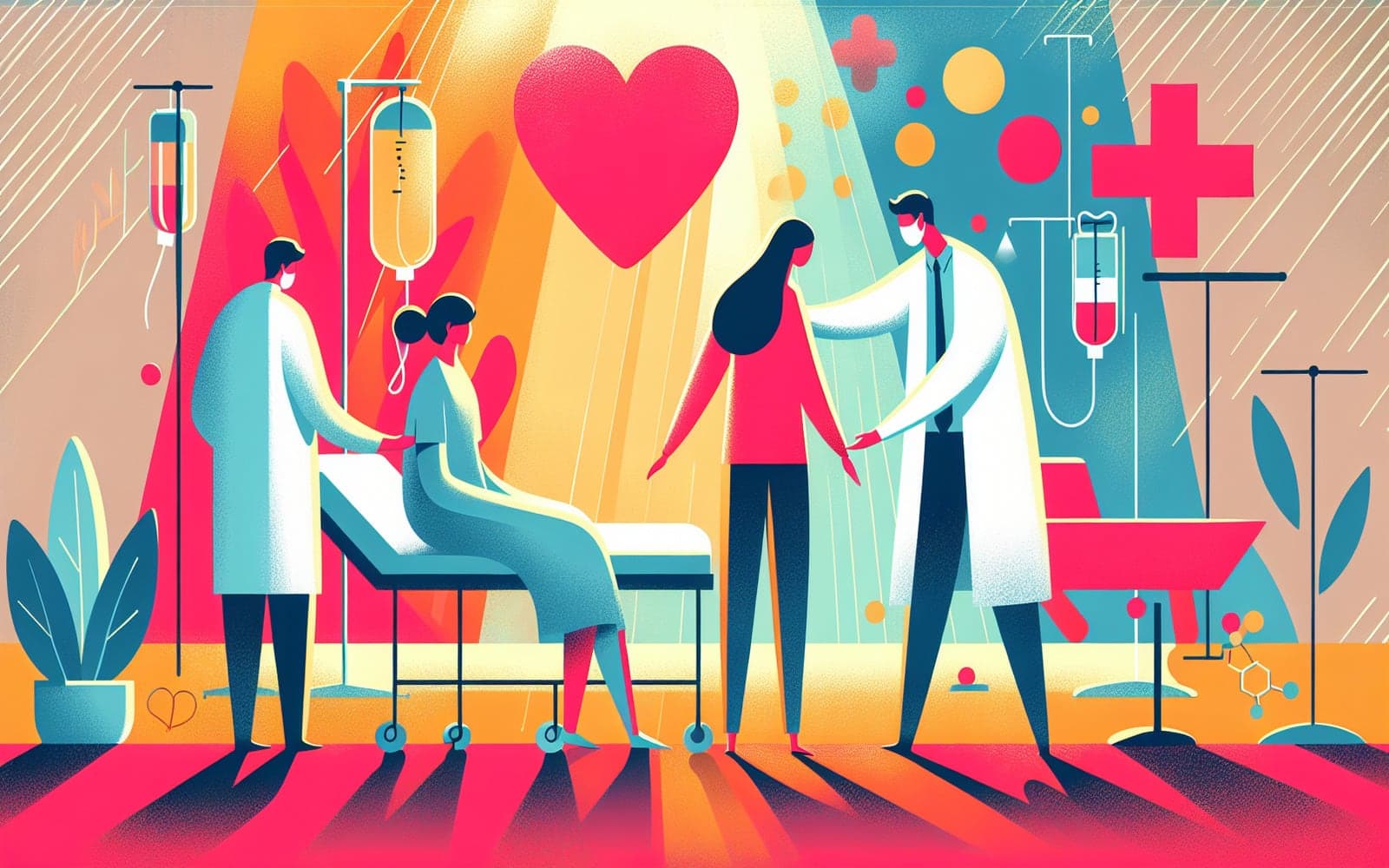How is Lymphogranuloma Venereum Treated Effectively?
Published: Feb 17, 2024

Medically reviewed by Alan Lucks | MD, Alan Lucks MDPC Private Practice - New York on February 17th, 2024.
LGV requires effective treatment to prevent complications. Explore the therapies available and how they can help restore health.
Contents
Standard Treatment Options
The primary treatment for symptomatic LGV is doxycycline taken orally twice a day for 21 days. This antibiotic is highly effective in clearing the infection and preventing further tissue damage. For those who cannot take doxycycline, alternatives like azithromycin or erythromycin are available.
Monitoring and Follow-up
Patients need close monitoring throughout their treatment to ensure symptoms resolve. Regular follow-ups help ensure the infection is cured, and any complications are managed promptly. Re-evaluation with a nucleic acid amplification test (NAAT) is often recommended to confirm the infection is cleared.

Treating Asymptomatic Infections
For asymptomatic LGV, a shorter treatment course may be considered. While the significance of asymptomatic LGV is unclear, treatment can help prevent the development of symptoms and the transmission to others. A seven-day course of doxycycline is often suggested.
Frequently Asked Questions
Doxycycline for 21 days is the standard treatment.
Yes, azithromycin or erythromycin can be used if doxycycline isn't suitable.
Yes, to ensure the infection is cleared and manage any issues.
Yes, a shorter course of antibiotics may be used.
Key Takeaways
Effective treatment and follow-up are key to managing LGV and preventing complications.
Don't leave it to chance; discuss LGV treatment options with Doctronic today.Related Articles
References
Workowski KA, Bachmann LH, Chan PA, et al. Sexually Transmitted Infections Treatment Guidelines, 2021.
de Vries HJC. Lymphoganuloma venereum in the Western world, 15 years after its re-emergence.
This article has been reviewed for accuracy by one of the licensed medical doctors working for Doctronic. Always discuss health information with your healthcare provider.

